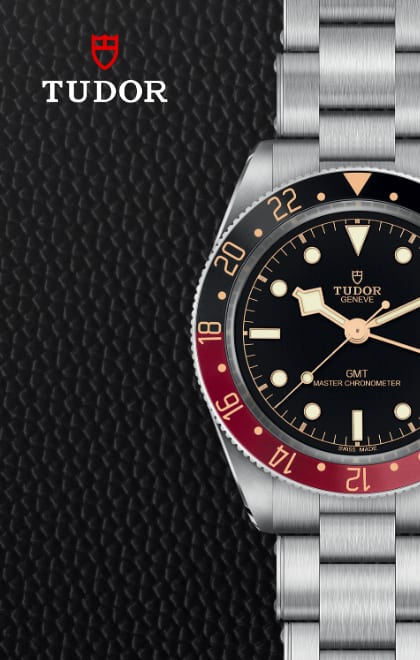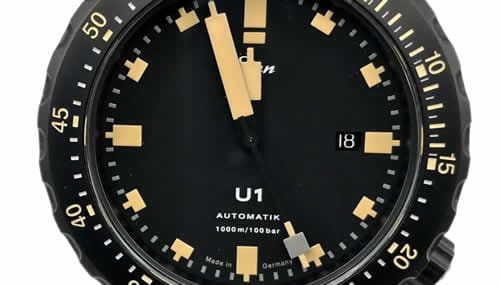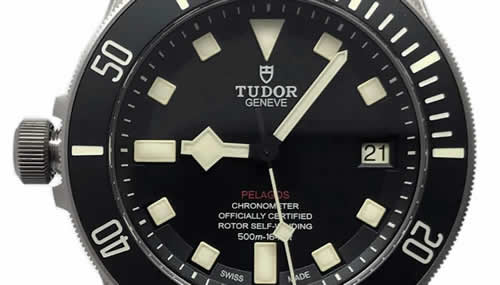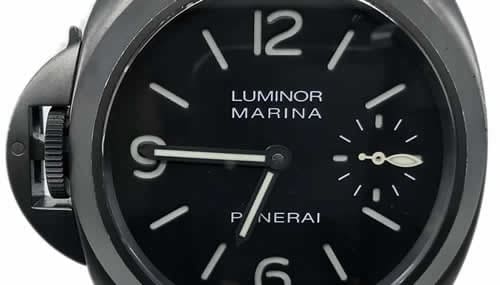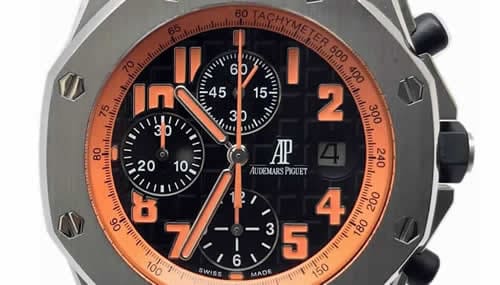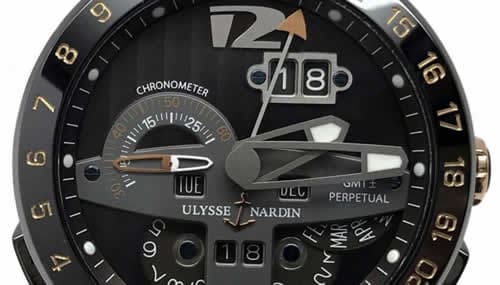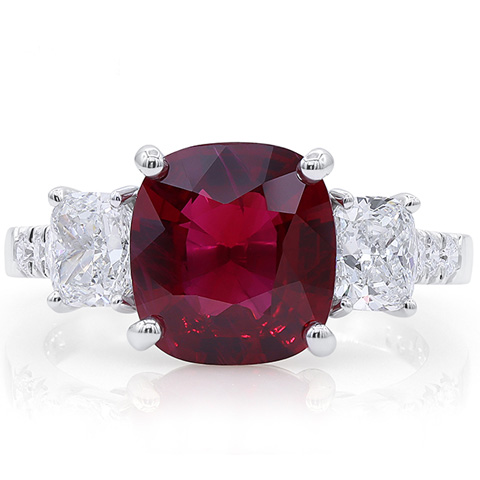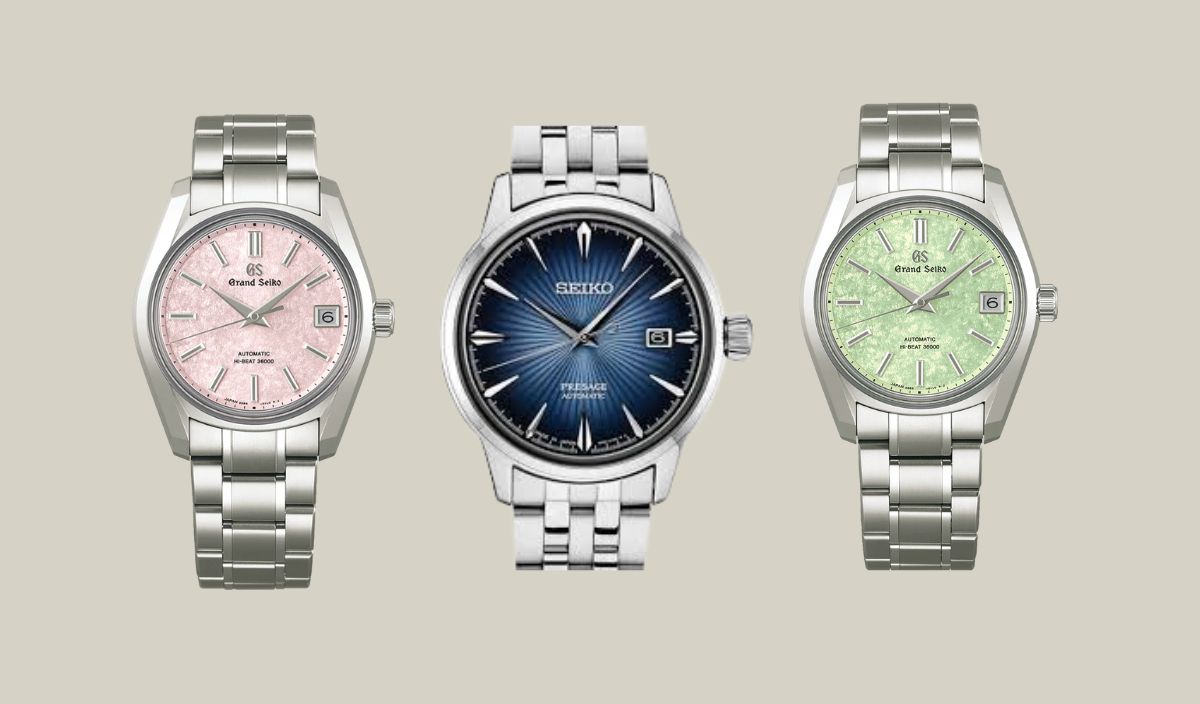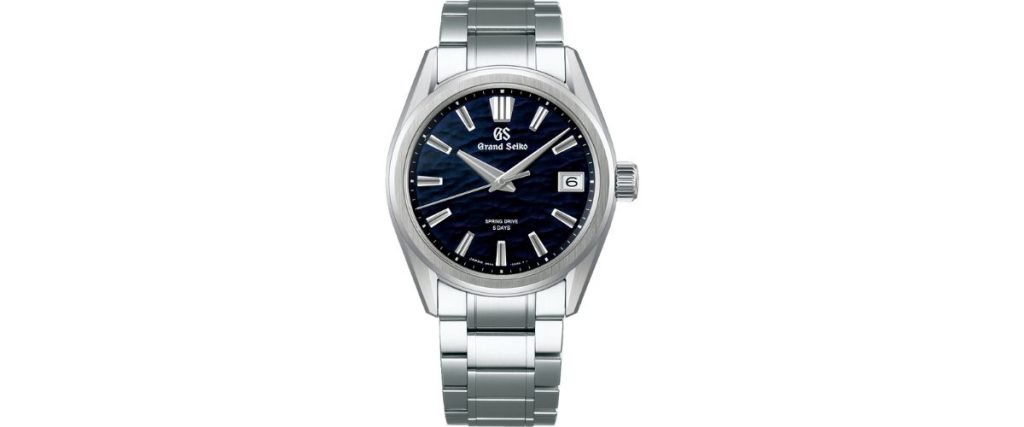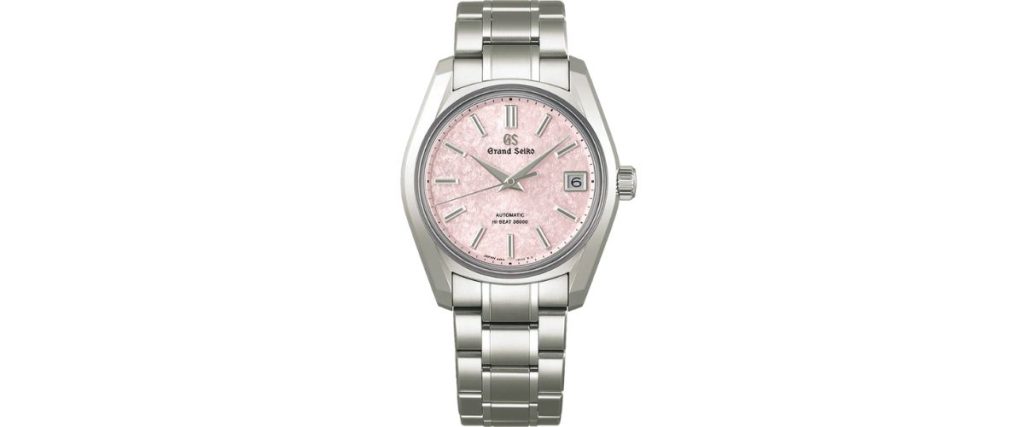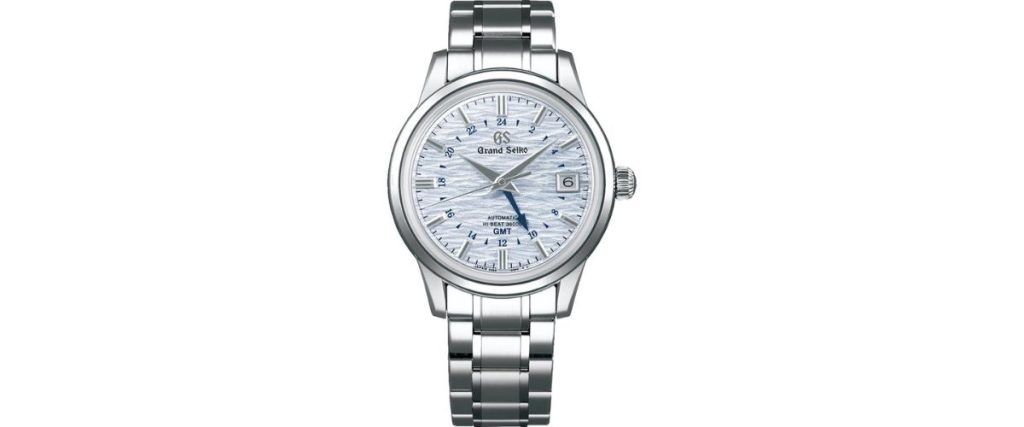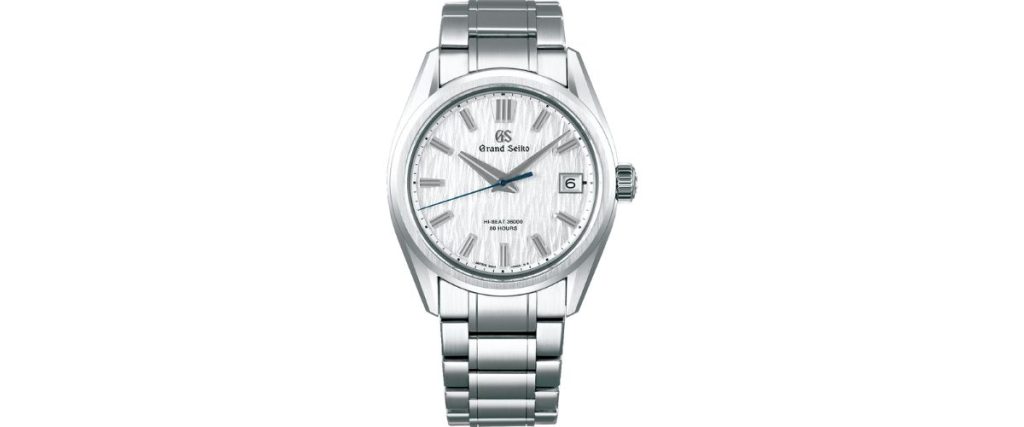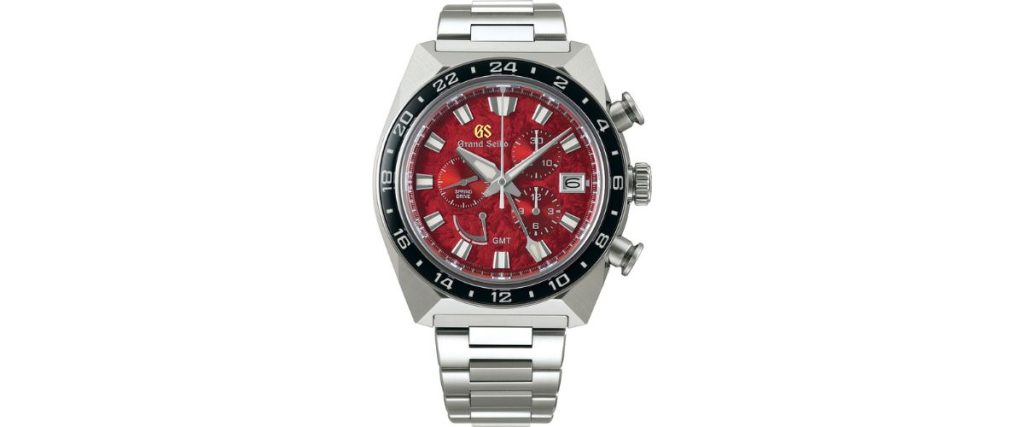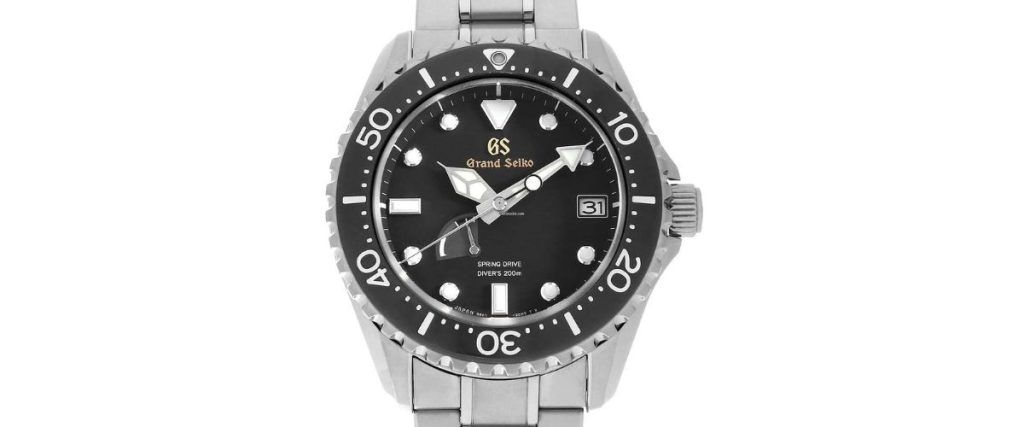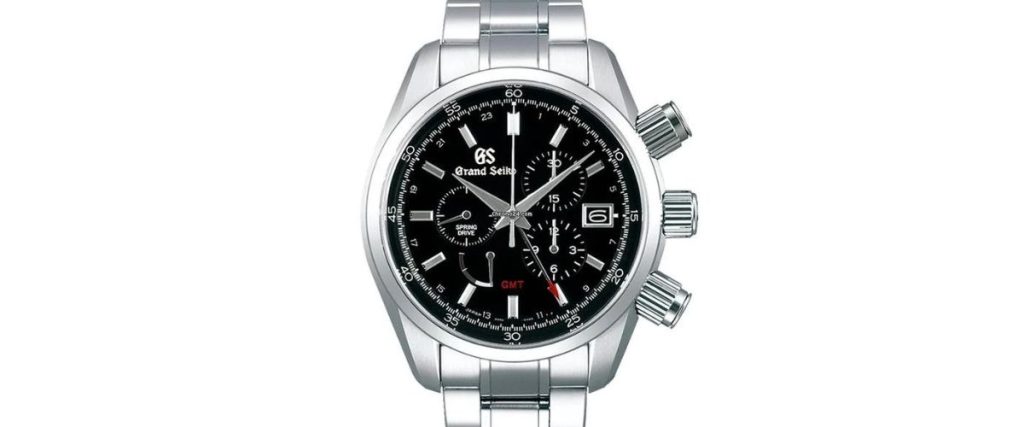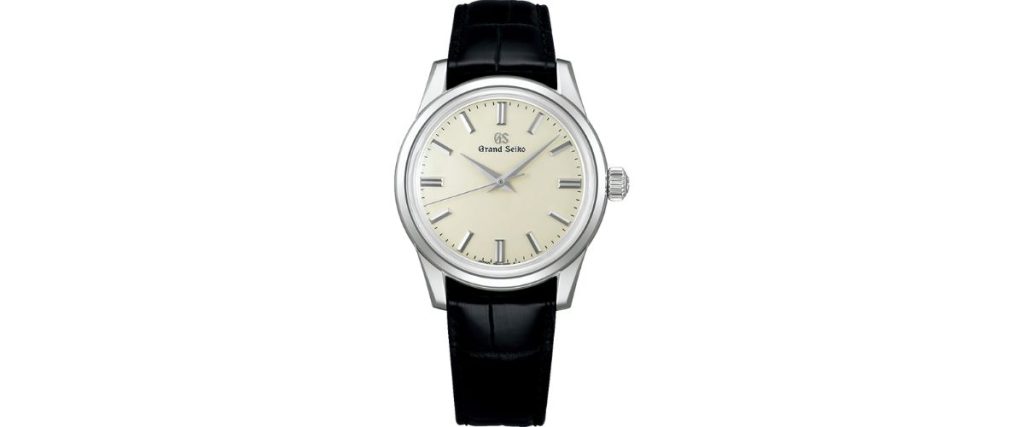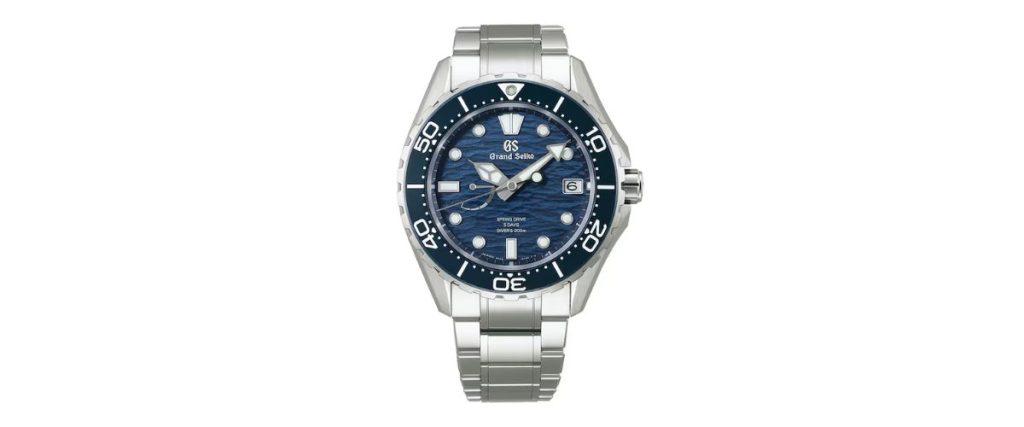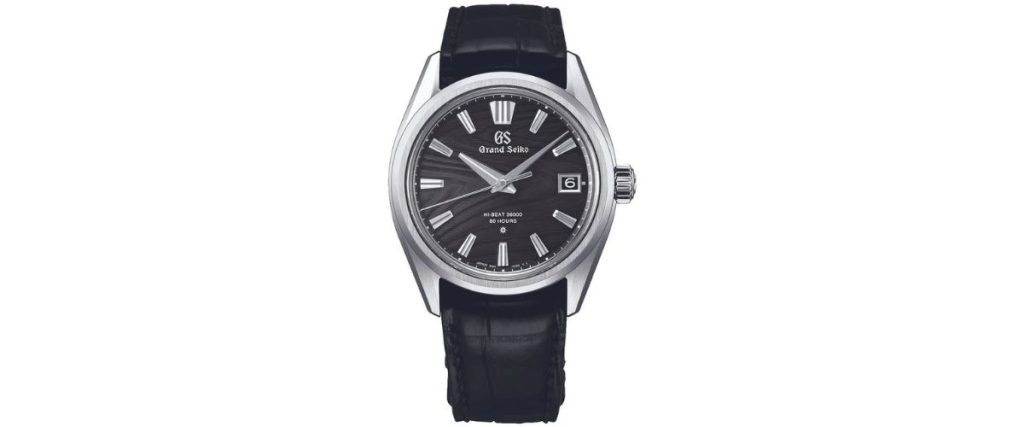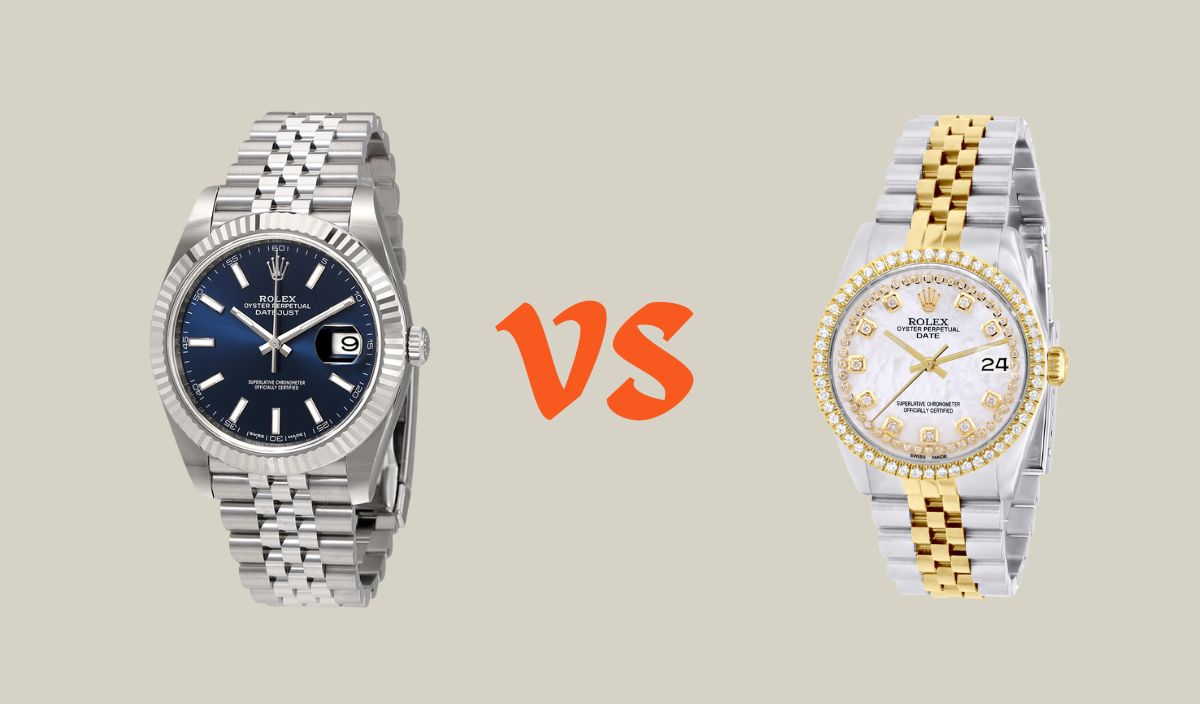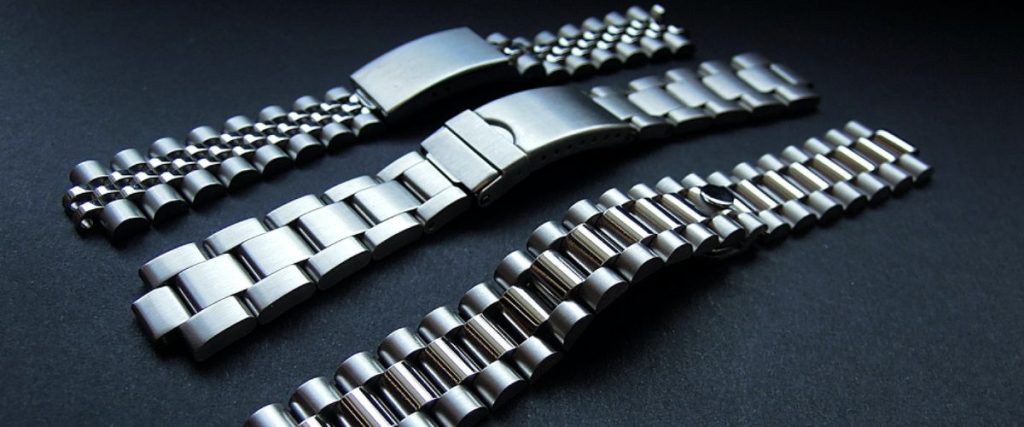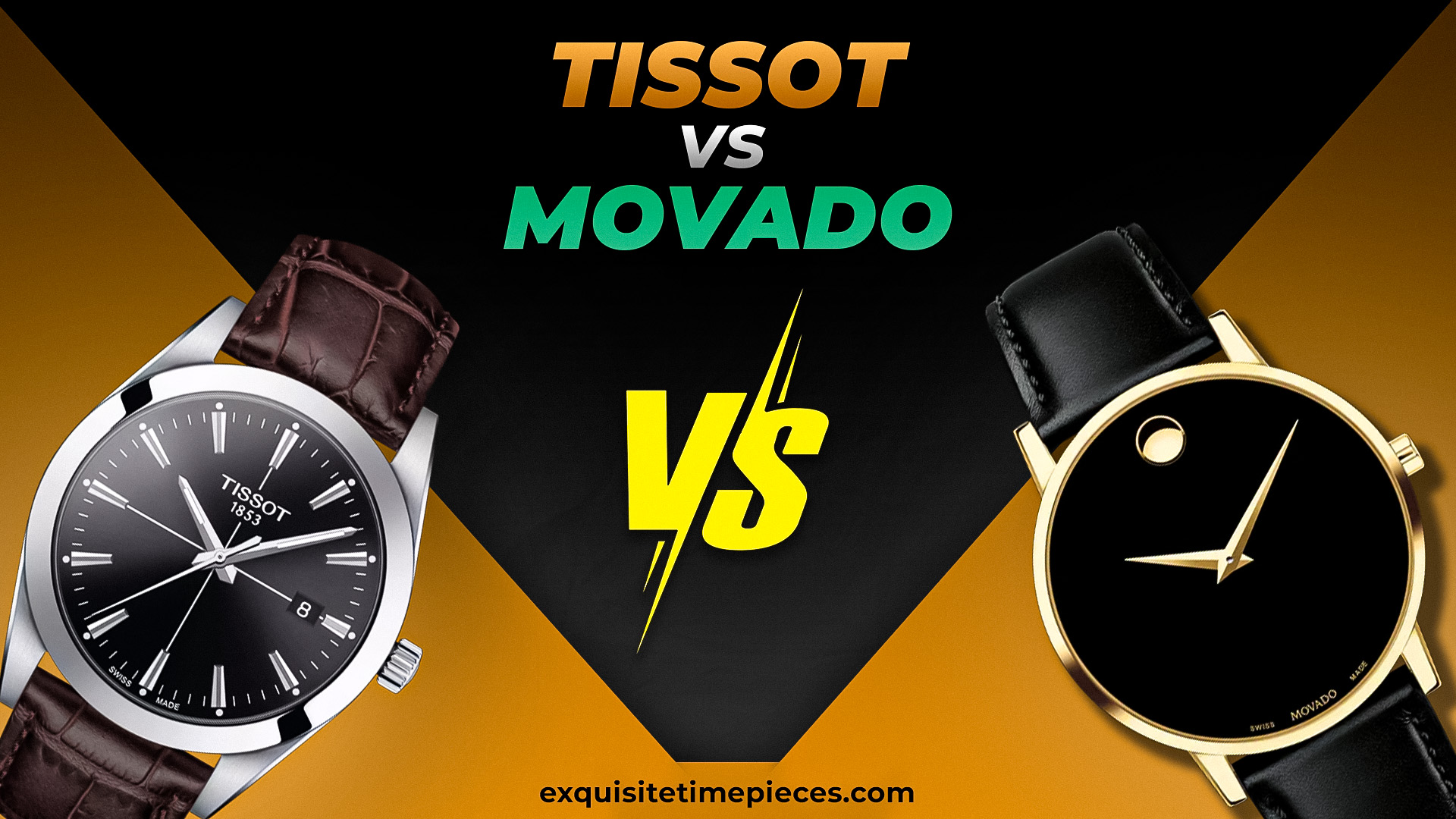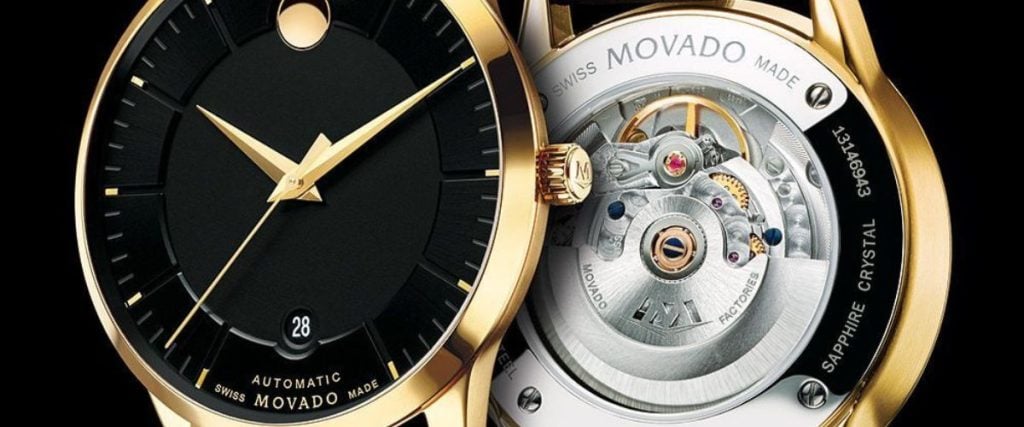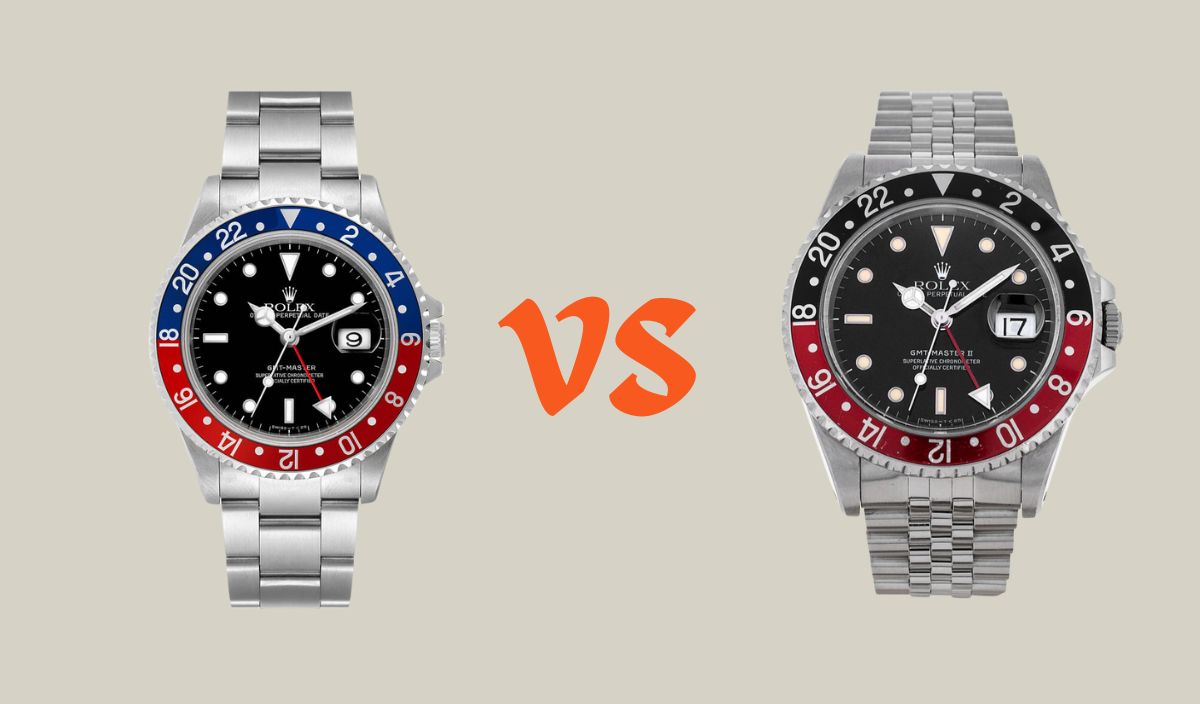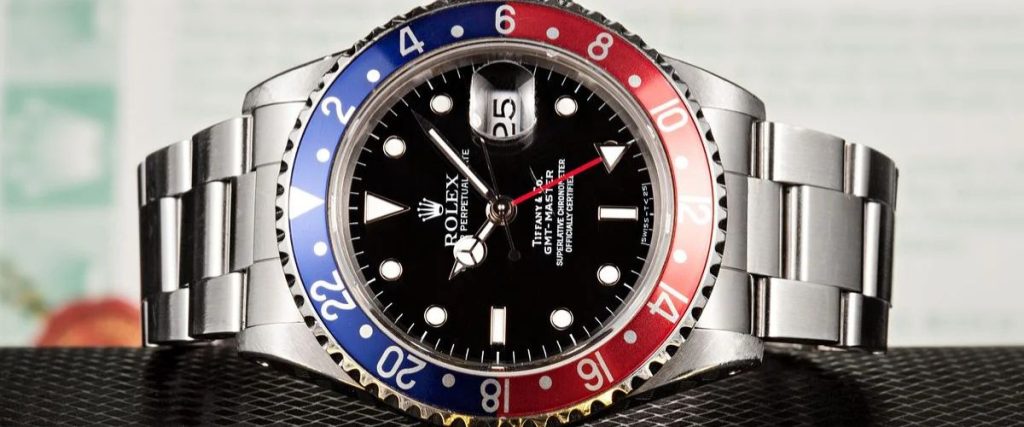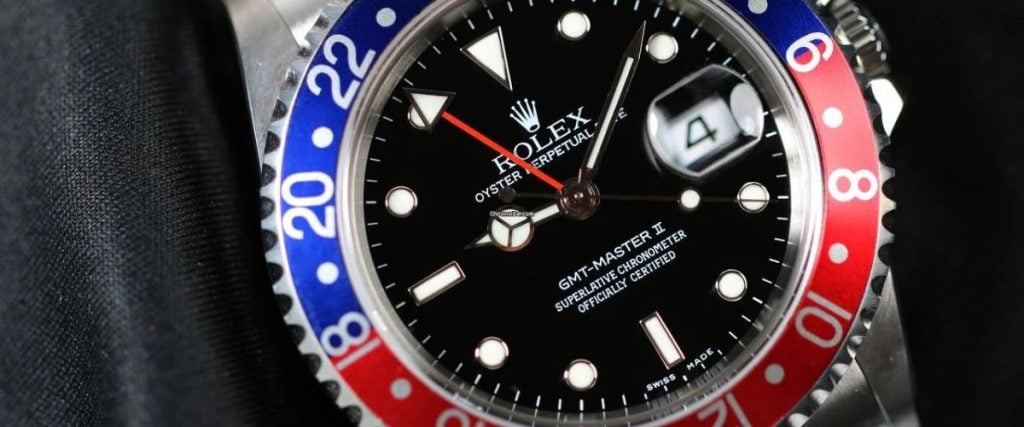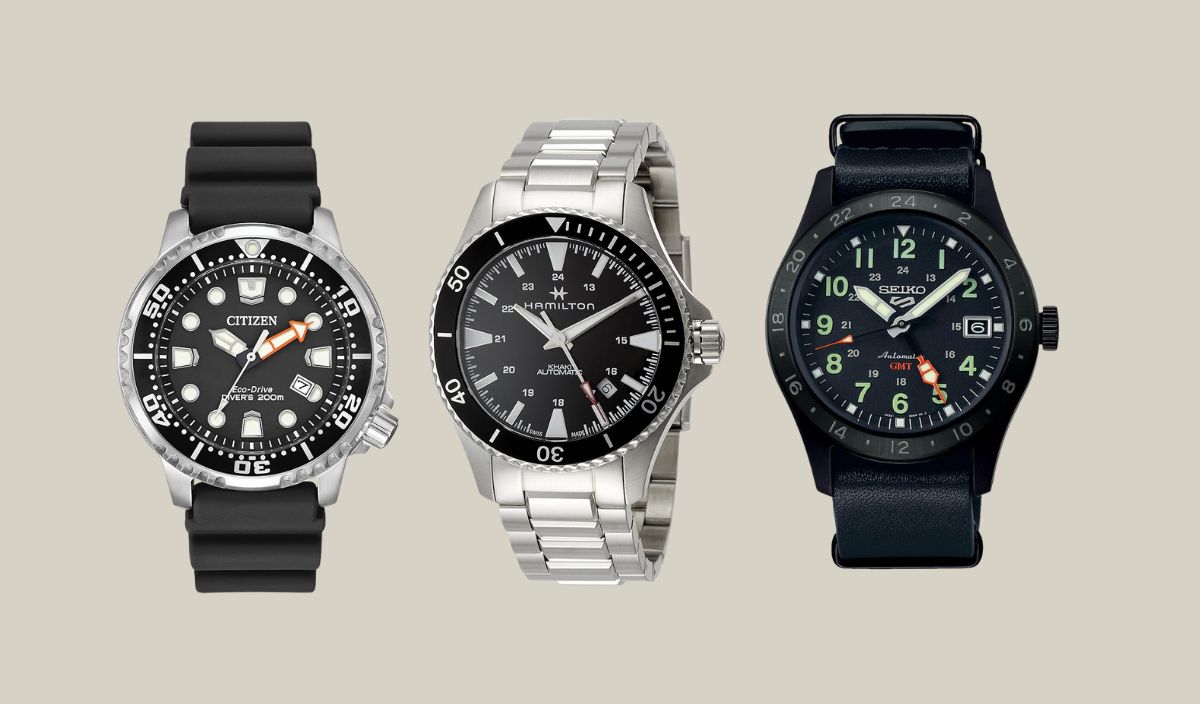
What features do we generally want in a watch? Accuracy and reliability, certainly. Durability is good, as is a style that suits our taste and how we plan to wear it.
Automat ic, manual, or quartz movement, and whatever complications we feel are necessary or desired. One that we don’t want to overlook is water resistance.
The level of water resistance you want will naturally vary depending on the type of watch. For example, a classy dress watch really only needs 30-50 meters to protect your timepiece in a rainstorm.
Tool watches are often what we like to wear on an adventure. If you are planning to kayak, jet ski, swim, or dive wearing your watch, you need a significantly higher level of water resistance.
In addition to water resistance, we still want all of those other desirable features. After all, what good is a watch that can survive at the bottom of the sea if it doesn’t keep good time, doesn’t last long, is hard to read, or just looks awful?
There are many water-resistant watches on the market, and it can be tricky to find the one that suits you best. We are here to help.
How to Choose the Right Water-Resistant Watch for You
Seeking the ideal water-resistant watch for your preferences and style is very similar to choosing a watch in general. Your budget is a prime consideration, as there are brands and models with varying price points.
You also want to get value for your money, so as we said earlier, accuracy, reliability, and durability are important considerations.
Color, style, and materials are important. If this is to be your adventure watch, you may just want a neutral color like black, white, or navy blue.
If this is a watch to be a fashion accessory, consider what you will typically wear it with, and choose the color accordingly.
In terms of style, there are water-resistant watches that lean toward the dressy side and others that are more rugged-looking. Consider that.
As to materials, you probably don’t want precious metals if you plan to be in the water with your timepiece. Stainless steel or lightweight titanium are good options in that case. If you’re looking for a desk diver, by all means, consider gold or platinum, if you’ve got the budget for it.
Water-resistant watches are available with pretty much any complication you may desire. Do you prefer a date, day, chronograph, power reserve indicator, or moon phase? Look for those in your search.
What kind of movement do you prefer? Automatics are highly desired. If you go that route, consider how much power reserve you need. Quartz is a good option for its greater accuracy and convenience.
A strap or bracelet is another choice. If you are going to be in the water, you do not want a leather strap. Getting it wet will ruin it.
Stainless steel or titanium is your best bracelet option. In terms of straps, go with rubber or silicone. A cloth strap like a NATO is fine for the water, but keep in mind, it will soak up moisture and take time to dry out. If you are staying on dry land, all options will work.
Now that you know what to look for, let’s take a look at 15 excellent water-resistant watches for you to consider.
Best Water-Resistant Watches
Here is our list of the 15 best water-resistant watches on the market. Naturally, such lists are subjective, but we carefully chose these, and they are all fine timepieces.
Before you say, “Hey, where’s the Rolex Submariner?”, yes, it’s a great watch. But one of the factors we’ve considered is availability, and given its enormous popularity, you are not likely to walk into a Rolex AD and depart with a Submariner without a lengthy wait. Let’s get to the ones you can obtain more easily.
Citizen Promaster Dive

If your budget is tight, you can’t go far wrong with the Citizen Promaster Dive. The bold 45 mm stainless steel case with its Promaster screw down crown, has 200 meters of water resistance.
An aluminum unidirectional rotating bezel is in a dark blue to match the dial. Arrow-shaped indices and sword hands with an orange needle second hand are easy to read and complement the dial nicely.
The hands and indices are lumed for visibility in the dark or below the surface. The dial is protected by a mineral shatter-resistant crystal.
This timepiece is powered by Citizen’s Eco-Drive E-168 movement. It draws power from any light source, eliminating the need for batteries and winding. The stainless steel bracelet has a push-button three-fold clasp. Overall, the $380 retail price makes this a great choice for an inexpensive yet well-built watch.
Seiko 5 Sports SSK025
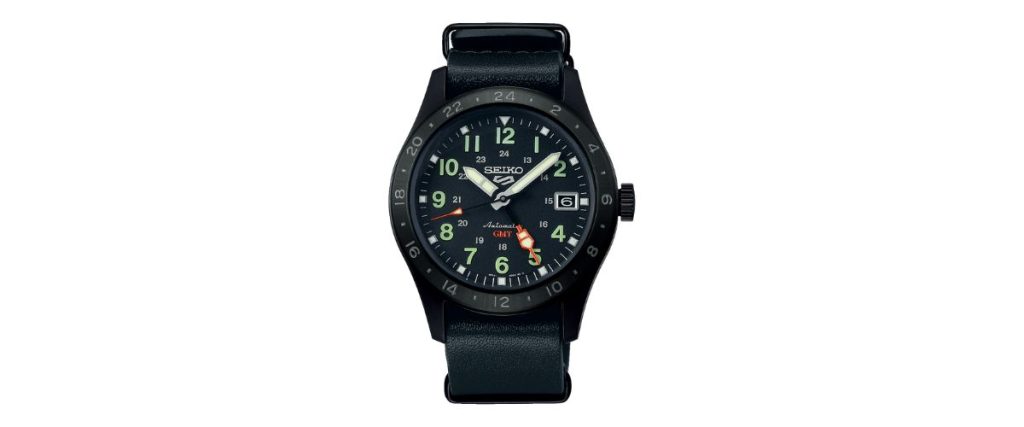
If you’re the adventurous type, looking for a military-style timepiece, but can’t quite afford a G-Shock, Seiko has you covered. For a retail price of just $415, you can pick up a Seiko 5 Sports SSK025.
The 39.5 mm stainless steel case will accommodate most wrist sizes nicely. The case dial and GMT bezel are matte black for a subtle look that you can wear with any casual outfit.
100 meters of water resistance won’t get you into Jacques Cousteau territory, but it’s more than enough to protect your watch in the great outdoors.
Large lumed numerals with lumed sword minute and second hands, paired with a red arrow-tipped second hand and large red arrow GMT hand for easy readability and a great contrast to the dial.
Inside the circle of numerals is a 24-hour dial, which, along with the rotating bezel, allows you to easily track multiple time zones.
The date complication at three o’clock adds more useful information. The dial is covered with a Hardlex crystal that is resistant to scratches.
Seiko’s automatic Caliber 4R34 movement has a solid 41-hour power reserve. A black calfskin strap with a securely-locking three-fold clasp holds this beauty on your wrist while matching the dial and case.
Hamilton H82335131 Khaki Navy Scuba Auto 40mm

If you have a bit more to spend but want that military vibe for under $1,000, check out the Hamilton Khaki Navy Scuba.
The stainless steel 40 mm case with screw-down crown is a good middle-of-the-road size. It has a uni-directional rotating bezel like a dive watch, but with 100 meters of water resistance, you don’t want to take it too deep. It is fine for swimming and dry land escapades.
The black dial features indices, with tapered, wider ones at 3, 6, 9, and 12 o’clock. The tapered minute and hour hands, and the needle second hand with a red arrow at the end, are coated in Super-Luminova, as are the indices and numbers on the bezel, making the dial easy to read in low-light conditions.
Inside the indices is a 24-hour dial, and there is a small but legible date complication at 4:30. The dial is protected by a sapphire crystal.
Hamilton’s Caliber H-10 automatic movement powers the timepiece with a very generous 80-hour power reserve, meaning you won’t often have to stop often to wind your adventure companion.
A stainless steel bracelet with a folding clasp is easy to use and matches up nicely with the case. At $895 retail, it’s a budget-friendly water-resistant watch with a military vibe.
DOXA SUB 200 Sharkhunter 799.10.101.10 on Bracelet

If your budget is a grand, and you can go just a bit higher to $1,090, the Doxa Sub 200 Sharkhunter may be just what you’re looking for.
With a name like “Sharkhunter,” you know it’s great for water adventures. It’s a big timepiece with a 46 mm stainless steel case, perfect for beefy wrists and bold statements.
With the screw down crown and 200 meters of water resistance, you can go beneath the waves for some snorkeling fun.
The black dial is complemented by lumed-coated sword hands, baton indices, and a needle second hand with a lumed square on the end.
The black uni-directional rotating bezel has a sapphire inlay and numbers that are also lumed, and the dial is protected by a retro-style domed sapphire crystal. At 3 o’clock, there is a useful date complication.
The watch is powered by a Swiss automatic movement with a 38-hour power reserve. A beads of rice style stainless steel bracelet looks great with the case. The folding clasp has a wetsuit extension, as any proper diver should.
Zodiac ZO9312 Compression Diver Blue Lapis Lazuli Dial

For those with a bit higher budget, $2,095 will get you a stunning dive watch. The Zodiac ZO9312 with the blue lapis lazuli dial is as stylish as it is functional.
The stainless steel case measures a mid-size 40 mm diameter and provides 200 meters of water resistance to allow for some fun below the surface.
The lapis lazuli dial is a stunning shade of dark blue with an interesting texture. The bezel is a matching blue and has only the 30-minute number, making for a cleaner look.
The baton indices, rectangular hands, and needle second hand with a square on the end are luminous and stand out clearly in the dark. A sapphire crystal keeps the dial safe.
Zodiac’s Caliber STP1-21 automatic movement does a good job of keeping things moving. The stainless steel five-link bracelet coordinates with the case, and the deployant clasp keeps it securely in place.
Montblanc 1858 Iced Sea Automatic Date

Moving up a bit in price, but still in the sub-$5,000 range, we have the 1858 Iced Sea Automatic from Montblanc. The stainless steel case is 41 mm in diameter, a good size to accommodate many wrists.
The uni-directional rotating bezel is stainless steel with a ceramic insert, and both dial and bezel are a great shade of dark blue with an ice-like texture on the dial.
White baton indices, sword hands, and a needle second hand with an arrow tip contrast the dial and add to the icy feel.
White Arabic numerals at 6, 9, and 12 o’clock, with a date complication at 3, made for excellent legibility and style. All are covered in a bright lume, as is the dot at 12 on the bezel.
A domed glass box sapphire crystal sits above the dial, offering protection. The screw-down crown and case have 300 meters of water resistance, making this beauty a true diver.
The movement is automatic, always convenient, and sought after. The stainless steel bracelet pairs well with the case and has microadjustments for a perfect fit.
This is Montblanc’s first sport dive watch and is compliant with the ISO 6425 norm for divers. At $3,460 retail, it offers solid bang for your buck.
Movado Alta Super Sub Sea Automatic

How about a sub-$5,000 water-resistant chronograph? The Movado Alta Sub Sea Automatic may be just what you are looking for.
The 43 mm case is on the large side and bold, and made from Dura 904 stainless steel. Paired with a screw-down crown, it provides 200 meters of water resistance and is great for fun in and around the water.
A bright white dial is contrasted beautifully by a blue bezel and subdials. Silver baton indices, sword hands, and a needle second hand with a diamond-shaped tip are coated with Super-Luminova for easy reading in all lighting conditions.
The subdials measure the chronograph function’s seconds, minutes, and hours, and there is a date complication at 3 o’clock. The sapphire crystal is double anti-reflective, and there is also one on the exhibition caseback.
The Caliber 146M automatic movement has a 62-hour power reserve and is a beautiful piece of engineering you can look at, thanks to the exhibition caseback.
The three-link stainless steel bracelet features brushed and polished links and looks great with the case. The retail price of $3,995 will accommodate many budgets.
Tudor Pelagos FXD M25717N-0001

Tudor is a well-known brand that makes many quality watches that cost less than $5,000. The Pelogos FXD line consists of fine dive watches, and this one has a cool military feel.
The 42 mm case is titanium, and the unidirectional rotating bezel is made from the same material with a ceramic insert. Lightweight and durable with a comfortable size for most wrists.
200 meters of water resistance make it a good companion for all kinds of outdoor adventures, and the sapphire crystal keeps it safe.
A sword minute hand is paired with Tudor’s signature hour and second hands. Everything is coated in luminous material for easy visibility.
Tudor’s Caliber MT5602 automatic, bidirectional rotor system movement, is COSC-certified for reliability and accuracy. The olive NATO strap has a thin red stripe down the middle and has a nice military look. You get a lot for the $4,450 retail price.
The matte black dial has baton indices at 3, 6, and 9 o’clock, with an inverted triangle at 12, and squares at the others.
Oris ProPilot X Kermit Edition

Just above the $5,000 mark, there’s a fun, water-resistant, and well-made timepiece. The Oris ProPilot X Kermit Edition is playful, functional, and stylish.
The 39 mm caseback is a great size for this style of watch and most wrists. It’s made from lightweight and durable titanium and has brushed and sandblasted surfaces that add depth. It has a screw-in crown and a solid 100-meter water resistance.
The light green dial is on the bold side, but the thin baton indices and sword hands are subtle and stand out against the dial.
The date complication at 6 o’clock has a fun twist. On the first of every month, rather than the numeral “1,” it displays Kermit the Frog’s smiling face. The hands are luminous for easy visibility. An anti-reflective sapphire crystal protects the dial.
The Caliber Oris 400 automatic movement has an impressive 5-day power reserve. Thanks to the exhibition caseback, you can view the works whenever you like.
The unique three-link bracelet is also titanium and matches up nicely with the case. AT $5,100, it’s a lot of watch for the money.
G-Shock Casio MRGBF1000B-1A Frogman
We go from frog to frogman. No list of water-resistant watches is complete without a G-Shock. The popular Casio models are virtually indestructible and favored by rugged outdoor types who like to rough it.
The MRGBF1000B-1A Frogman stands out with a big presence in a 50 mm black titanium case. The black dial features a red 12-hour subdial, a black day-of-the-week subdial, and a red circle around the outside of the dial.
Lumed baton indices, with an inverted arrow at the top, paired with a sword minute hand, an arrow hour hand, and a red needle second hand. A date complication sits at 4:30. But, wait. There’s more.
It features a tide graph, Bluetooth connectivity, and the quartz, solar-powered movement supports multi-band atomic timekeeping.
The black titanium bracelet matches the case and closes with a folding clasp. This is a serious timepiece that may make you feel like a Navy SEAL. The $5,800 price tag is lower than you might expect.
Omega Seamaster Professional 300M 42 mm

Now in the $5,000-$10,000 range, here’s a horological icon. The Omega Seamaster Professional 300M is a classic and desired dive watch.
The blue-dialed version was seen on the wrist of James Bond as portrayed by both Pierce Brosnan and Daniel Craig. I have one and love it. However, let’s take a look at a different color and newer version.
This Seamaster has a stainless steel case just a bit larger at 42 mm. Still a good size. Bold, but suitable for a wide range of wrists.
The screw-in crown helps with its 300 meters of water resistance. Swim, dive, snorkel, you can do it all. It has the iconic Omega helium escape valve. Controversial, but if you’re like me, you love it, even if it’s not useful.
This model has a white dial with the laser-engraved wave pattern and a contrasting black unidirectional rotating bezel.
Omega’s classic skeleton minute and hour hands in black are easy to read, as is the black needle second hand with a red tip.
The indices are batons at 3 and 9 o’clock, a double baton at 12, and a shortened baton at 6 to accommodate the date complication.
White circles outlined in black sit at the other positions. Hands, indices, and the dot on the bezel are coated in Super-Luminova and bright in low light. A sapphire crystal covers and protects the dial.
Omega’s COSC-certified automatic Caliber 8800 co-axial movement has earned the “Master Chronometer” designation and will serve you well.
Thanks to the exhibition caseback, you can view this stunning piece of engineering. Omega’s signature five-link stainless steel bracelet is brushed and polished and pairs up beautifully with the case. It opens and closes easily with its folding claps.
At $6,200, this is quite the bargain for a watch that conveys ruggedness, gentlemanly style, and functions reliably.
Omega 220.10.38.20.03.004 Seamaster Aqua Terra 150M

Two Omegas? Yes, the Aqua Terra is part of the Seamaster collection, but it is different enough to be recommended as a water-resistant watch you should consider.
Built just as well as the 300m, it is a bit more refined and still has the Bond connection, as it was seen on the wrist of Daniel Craig.
The 38 mm stainless steel case is more on the dressy side, but still has 150 meters of water resistance and a screw-down crown. Good for boating, kayaking, or swimming.
The dial is a stunning light blue color with a sunburst texture. The thin, oval-shaped indices are silver around blue Super-Luminova.
The arrow minute hand has Super-Luminova at the tip, and the sword second hand is in the center of the design. The needle second hand is lumed in the arrow at the tip.
It’s an easy-to-read dial in any kind of light, and it is protected by a sapphire crystal. A small circular window at 6 o’clock displays the date in dark blue against a light blue background.
Like its 300M cousin, the Aqua Terra is powered by the Caliber 8800 Master Chronometer, COSC-certified movement.
A classy three-link stainless steel bracelet with brushed and polished links adds additional style. The $7,300 retail price is well below the $10,000 mark.
Grand Seiko Sports SBGA463
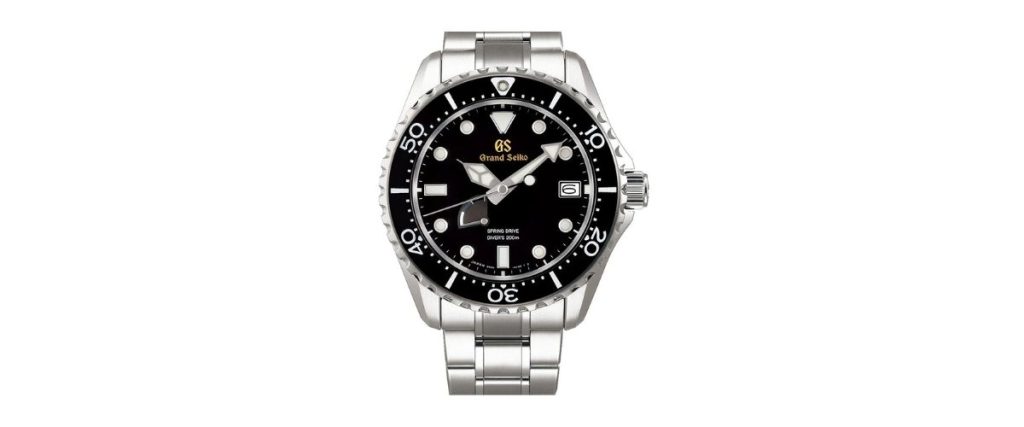
Another brand that is making waves and one that I especially admire is Grand Seiko. Beauty, quality, and reliability are trademarks of the brand, and all are on display in the Sports SBGA43 diver.
The simple elegance of this timepiece is matched by its expert craftsmanship. A 44.2 mm titanium case adds a bit of boldness while being lightweight and strong.
Brushed and Zaratsu polished surfaces add depth and interest. With the screw-down crown, it has 200 meters of water resistance, more than enough for fun on or in the water.
The black dial and matching unidirectional rotating bezel provide a nice contrast to the case, as do the silver arrow minute hand and sword hour hand. The indices are batons at 6 and 9 o’clock, an inverted arrow at 12, and a shortened baton behind the date complication at 3.
The other positions are simple dots. The indices, hands, and dot on the bezel are all lumed as they should be on a proper dive watch. An antireflective-coated sapphire crystal provides solid protection.
Grand Seiko’s 9R65 Spring Drive automatic movement provides accuracy of +/- 1 second per day with a 72-hour power reserve. The three-link brushed and polished titanium bracelet matches the case and stays on securely with a folding clasp.
Whether sitting at your desk or snorkeling in the Caribbean, the ABGA463 can get the job done. At $7,300, this is one you need to check out.
Glashütte Original SeaQ Chronograph “Panda” on Bracelet 1-37-23-03-80-70
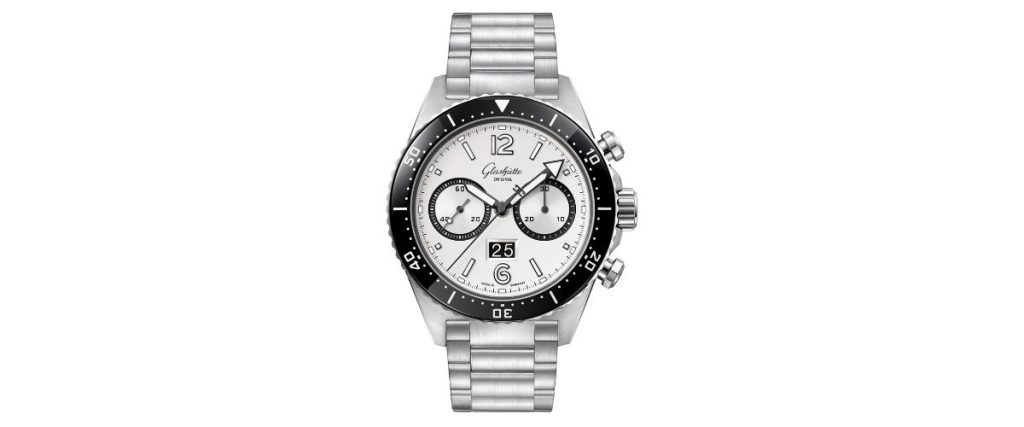
Now we are in over $15,000 territory, and there are a couple of great water-resistant watches to check out. Glashütte Original’s SeaQ Chronograph is a beautiful timepiece that you can wear above or below the surface.
The stainless steel case is 43.2 mm in diameter – large enough to stand out but not ostentatious. It has a screw-down crown and 300 meters of water resistance, so you can dive with it and enjoy any water activities.
The dial is a classic Panda style with a silver “face” and silver chronograph second and minute subdials outlined in black.
The use of only two subdials gives it a clean and uncluttered look. The silver arrow minute hand and sword second hand are outlined in black as well, as are the numerals 12 and 6 at those positions.
Similarly, decorated batons sit at 1, 5, 7, and 11 o’clock with shortened batons at the other positions. A date complication window at 6 o’clock shows a silver number on a black background.
The unidirectional rotation bezel has a black, scratch-resistant ceramic inlay. Glashütte clearly put a lot of thought into this design and protects it with an anti-reflective sapphire crystal.
The Caliber GO-37-23 automatic movement has a 70-hour power reserve. Thanks to the exhibition caseback, you can take a look at it whenever you like.
The SeaQ is available with a three-link matching stainless steel bracelet or a black or orange textile strap for a more military adventurous look. It’s pricey at $16,700, but if you’ve got the budget, you should try one.
Breitling Navitimer GMT 41 Green Dial

Another brand with a long history is Breitling, and its Navitimer series features some outstanding water-resistant watches.
You may not be aware, but in the film “Thunderball”, Sean Connery wore a Breitling Navitimer on his underwater adventure. If you like a Bond connection, this timepiece has one.
A GMT is a useful function for an adventurer, and if you can dive with it, so much the better. The Navitimer GMT 41 Green Dial has an 18K small-scale traceable red gold case. It’s a little blingy, but still has that pilot vibe you expect from a Breitling.
The 41 mm diameter is a perfect size for a watch of this type, and with a double gasket crown, it has 300 meters of water resistance, more than enough to allow some underwater adventures of your own.
The dial is a stunning emerald green. I like having a green-dialed watch. It’s bolder than the more conservative colors but not as in-your-face as red, orange, or pink.
The dial configuration is complex, and as a heads up, not nearly as easy to read as the other timepieces on our list.
But it does look like an instrument from an aircraft, and some of you may love that. A cambered, glareproof sapphire crystal keeps it safe.
Narrow sword hands in gold with a needle second hand and an arrow GMT hand stand out against the green dial.
Thin gold batons serve as indices with a double baton at 12 o’clock, and a shortened baton at 6 to accommodate the date complication.
The bezel rotates in both directions and serves as a slide rule. Thus, the numbers around the edge. Just outside the batons is a distance gauge with the 24-hour gauge just inside them. As I said, it’s complex, but cool as hell.
The Breitling Caliber 32 automatic movement has a 42-hour power reserve. It’s COSC-certified and very accurate. The black alligator leather strap adds class and elegance.
It has a hefty price tag at $17,000, but Breitlings are well-designed and built watches, and you get water-resistance and the ability to track two time zones.
Conclusion
One of the most useful features in a watch is water resistance. Even if you never take it in the water, it’s nice to have protection from a sudden thunderstorm, and the case will also resist dust. Then there’s the cool factor. I love wearing a dive watch even when sitting at my desk.
The world of horology offers a wide range of water-resistant timepieces in different styles, with different complications, at different price points. If you are in the market for one, take a look at this list and see what strikes your fancy.


